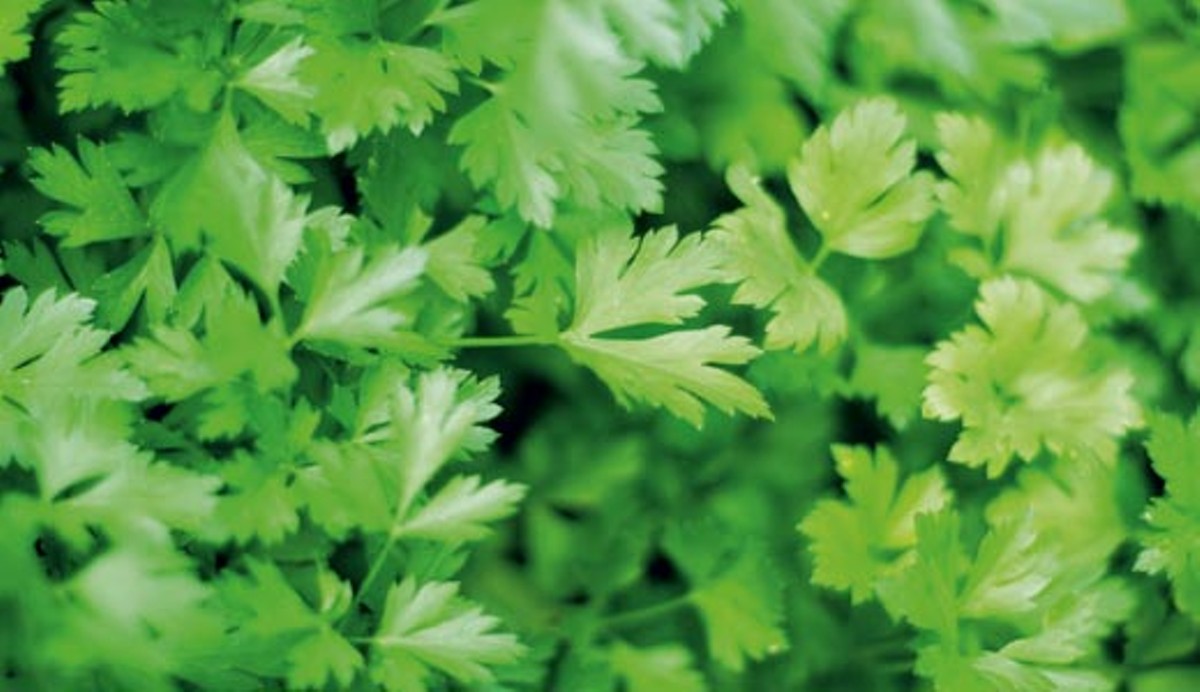Thinking about going solar? Or maybe lunar?
Go herbal and have it all.
If that didn’t make any sense, no worries — we’re in the midst of a rare lunar and solar eclipse cycle that is affecting us on planetary, communal and personal levels, so it’s a perfect opportunity to give the rational mind a break while you take time to nourish yourself on other levels. Whether you’re witnessing this period of transformation by contemplating major life changes or marveling at the record-setting, balmy, 70-degree temperatures Louisville is experiencing, it’s hard to ignore that something is afoot locally.
Or maybe it’s not entirely local. With the cosmos up to some wild adventures in the heavens (three eclipses in a row), it’s affecting the entire planet. Many local growers are seeing its impact in slower harvests and delays in getting seeds into the ground, so showing your support at farmers markets is more important than ever. On another level, eating locally can help us embrace the new energies evolving through this eclipse cycle. Simply being aware of the shifting and the impact it has on the rest of our global family is probably the most important thing we can do while riding out these waves of transformation. Creating a healthy physical space for personal evolution will lead to a smoother inner experience, and — lucky for us — the vegetal world offers a bounty of support.
But before we figure out how to eat our way into balance (who ever said you can’t use food for emotional support?), let’s look at what’s happening in our local solar system.
We all know that the sun and moon greatly influence our earthly experience, so of course we also feel this on a personal level. (If you’ve never paid attention to your emotional ups and downs at full and new moons, try it — you’ll open a beautiful window into greater self-understanding and acceptance.) Tossing three eclipses into the mix just intensifies it. With a Capricorn full moon and lunar eclipse on July 7, a solar eclipse during the July 21 new moon and another lunar eclipse on the Aquarius full moon in August, we’re immersed in a sea of transformation. So what does this have to do with your life and eating locally?
Focusing on eating local, organic foods will do wonders for strengthening our individual systems, but there are some herbal treasures in season right now that can give a boost to our greater being.
Local herbs offer so much in terms of healing and nourishment, and incorporating them into a more central role in meals is an excellent way to enhance general wellbeing. There are many delicious herbal gems in season right now, but one that deserves special attention is parsley, as it’s easy to find at markets and often underappreciated. Far more than just a garnish, parsley is a delicious vegetable whose nutritional and healing properties are numerous. Perhaps that’s why it’s been woven into so many culinary genres as a garnish — its quiet, ubiquitous nature offers a sprig of healing to those who might not even know they need it. With such abundant nourishment offered by this gentle herb, why not use it as more than just an accent?
One of the world’s most popular herbs, parsley supposedly derives its name from a Greek term meaning “rock celery,” but I prefer to believe it’s somehow related to the lovely Parsifal, wandering faithfully in search of the Holy Grail. Not only does parsley contain generous amounts of vitamins C, K and A, it also has ample amounts of folic acid, potassium, iron, chlorophyll, calcium and phosphorus. It has diuretic properties, so it’s been used to treat fluid retention and obesity, and it’s a great cleansing herb. It’s especially praised for its high amounts of volatile oils and flavonoids, which have tremendous healing properties. One of the more notable of its volatile oils is myristicin, which, in basic terms, is known for its ability to combat unwanted substances in the body, classifying it as a “chemoprotective” food, one that can help neutralize particular types of carcinogens like the ones from cigarette smoke or charcoal grills.
The next time parsley appears on your plate as a garnish, take a moment to savor its deeper value and appreciate its assistance in improving your wellbeing. The icing on the cake is its legendary ability to freshen the breath at the end of your picnic, which might come in handy, as it’s also been revered for its aphrodisiacal qualities.
The two most popular types of parsley are curly parsley and Italian flat-leaf parsley, both of which are in abundance at local markets right now. Most people think the Italian variety has a more fragrant and less bitter taste than the curly variety, but multiple blind taste tests I’ve instigated while picking it in our fields reveal the curly variety to be much sweeter. Maybe it has something to do with being freshly picked. Regardless, they’re both delicious and contain the same nutritional qualities.
Although parsley tastes best when it’s fresh, it also keeps beautifully and can be stored now for use far into the winter. Being able to use parsley — or any other herbs — from summertime to a cold, January night gives me a joy so deep I can’t even put it into words, as the taste and healing properties remain amazingly potent when stored correctly. The minimal time it takes to process herbs now is far exceeded by the thrill you’ll get in the wintertime, when the immune-boosting properties of these green healers are most appreciated. Use the following guidelines for storing most herbs:
For fresh herbs: My favorite way to keep most fresh herbs is in a vase of water out of direct sunlight — this will sustain their life forces longer than if you just store them in the refrigerator, and it also creates a beautiful and fragrant addition to your home. Otherwise, you can keep them in the refrigerator in a glass container or a plastic bag; they can keep for varying lengths of time, depending on when they are harvested. If you’re picking from your own garden, try to harvest in the early morning, as this will ensure maximum potency and flavor. Herbs tend to retain their vibrancy longer when harvested this way. If they look slightly wilted, either sprinkle them lightly with water or wash them without completely drying before storing in water or the refrigerator.
For drying herbs: Dry leaves in an airy place for a few days, then crumble them and place in airtight glass jars.
For oiling herbs: Layer fresh basil leaves and cover them in olive oil. Refrigerated or kept in a cool place, basil will keep for a few months in oil.
For freezing herbs: Cut the stalks and freeze quickly in single layers, then place in a sealed bag before storing in the freezer for a few months.
The following recipe is for a pesto made with parsley, but you can also substitute dill, basil, cilantro or other herbs. It’s a beautiful complement to the raw vegetables in season right now — like sliced beets, peppers or cucumbers — and it also goes well with grilled potatoes or as a spread on tomato sandwiches.
Parsley Pesto
1 1/2 cups toasted walnuts or pine nuts
4 cups packed, fresh flat-leaf parsley leaves
4-6 garlic cloves, peeled
3 tablespoons fresh lemon juice or vinegar
2 tablespoons Dijon mustard
3/4 cup extra virgin olive oil
coarse sea salt and pepper to taste
Finely grind the nuts using the metal blade of your food processor. Add the parsley, garlic, lemon juice and mustard. Slowly pour in oil and process until the mixture is smooth. Mix in salt and pepper, garnish with an edible flower (nasturtium or borage are my favorites) and enjoy!






